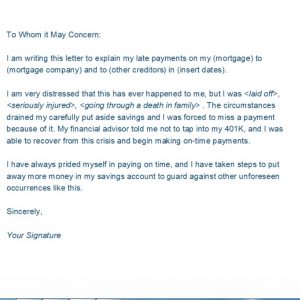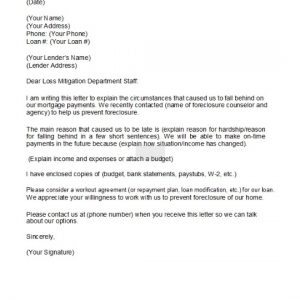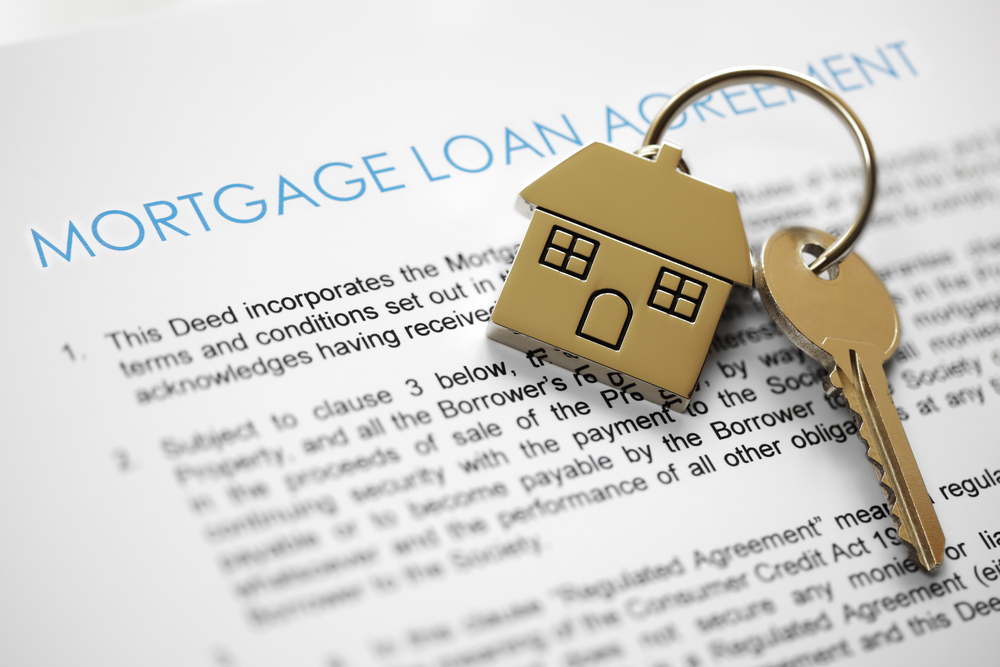“Managing Loans and Mortgages”
Before taking any loan, you must figure out what you can afford. First, though, you should be familiar with the following terms.
When you take on a mortgage, you have to pay back not only the money but also a fee on that money or interest. The amount of interest you pay is measured as a percentage of what you borrowed.
The interest rate on a home loan is called your mortgage rate. If you pay 5000, a year in interest to borrow 100,000, you’re paying 10 % mortgage rate.
What is mortgage?
It is a legal agreement by which a bank, building, society etc. lends money at an interesting exchange for taking a title of the debtor’s property with the condition that the conveyance of the title becomes void upon the payment of the debt. It is a loan which property or real estate is used as collateral. The borrower enters into an agreement with the lender wherein the borrower receives cash upfront then make a payment over a set of time until he pays back the lender in full.
Down payment:
Lenders usually want you to have a downpayment or some of your own on the line when you take on a mortgage. A typical amount is 20,% or the home’s purchase price.
Mortgage type :
With a mortgage that has a fixed interest rate, you’re locked into an interest. (1)The fixed-rate mortgage is considered the most conservative because you’re protected if interest rise. (2) A variable-rate mortgage usually has a brief period of the start of the loan when interest rated don’t Change, but after that, they Change to reflect the ups and downs of the going market rate.
Seeing how much you can afford: The question that stops many potential homebuyers in their tracks is one of the most important ones. How much can I afford? You should figure this out yourself because some of the people you’ll be working with during the loan process would be happy if you spent more. You can determine how much you should spend without becoming financially strapped. Here’s how it work. Review your annual income. If you married, include your spouse’s income in its annual income estimate. The rate of it as the interest rate the lender charges you to borrow money for a loan, be it car loan home loan etc.
Provide the percent down payment. Enter how much of the purchase price you’re providing as a down payment.
Estimate the annual insurance. You may need to pay each year to ensure that the property you buy is safe against peril.
Annual property tax: Don’t think your mortgage and insurance payments are the only bills you need to pay when you buy a property. You’ll most likely need to pay the local government a tax based on a percentage of the value of that property. Different localities handle this tax in different ways.
Review the debt-to-income ratio assumption. Lenders decide how much mortgage you can afford by looking at the debt-to-income ratio, or the relationship between the amount of debt you have – including car loan, student loan, loan card bills, and mortgage-related costs, and how. Much you earn.
Here is the sample of Mortgage Letter


